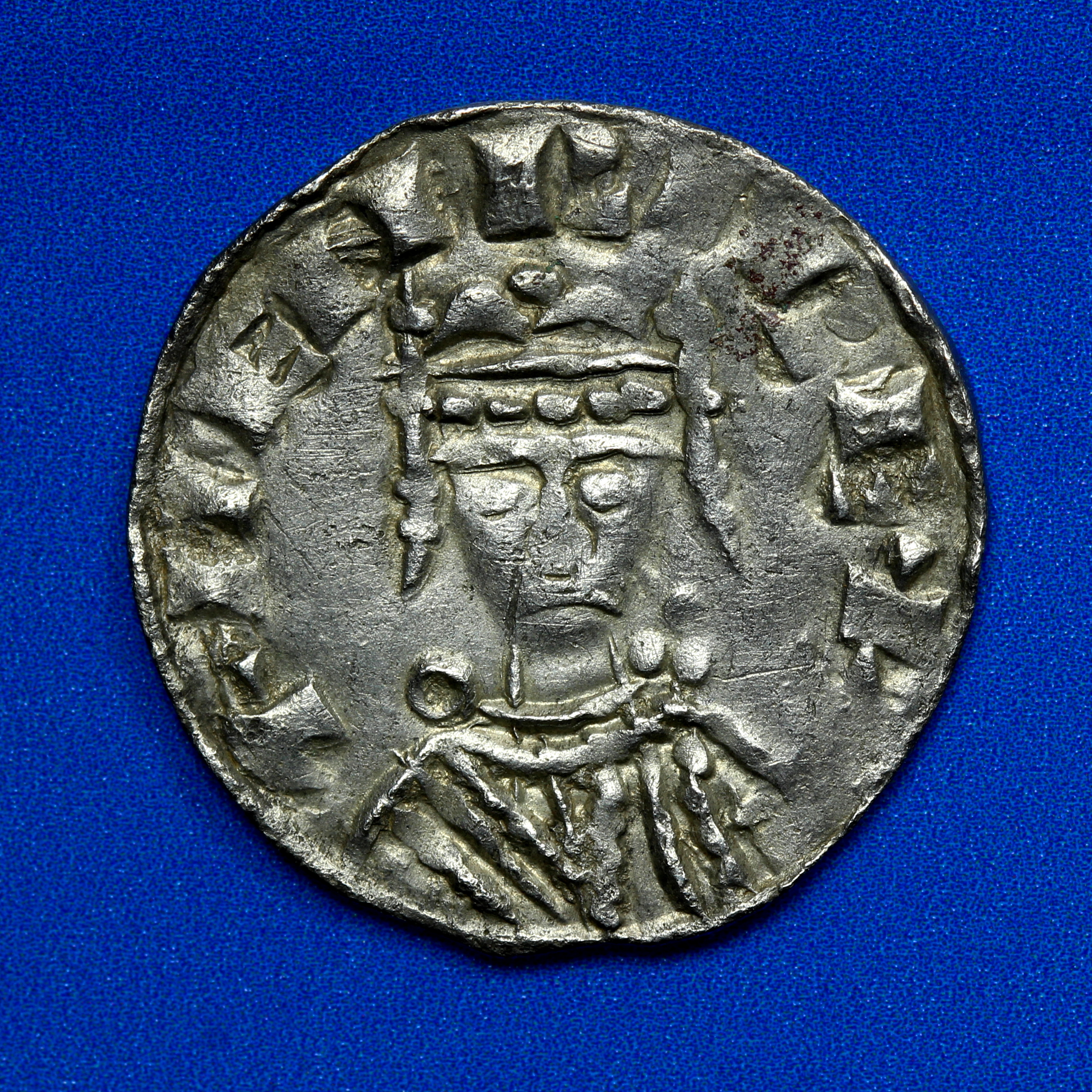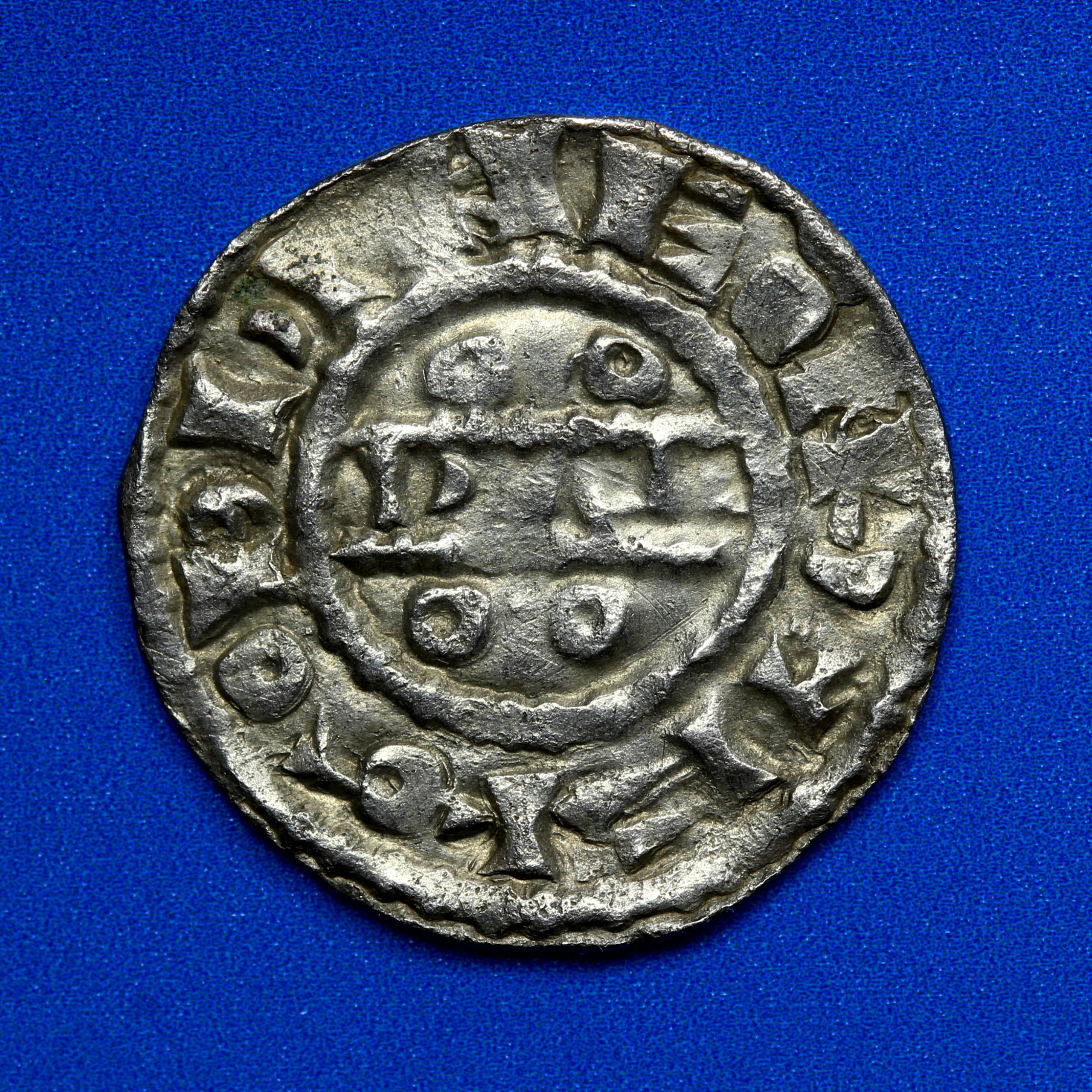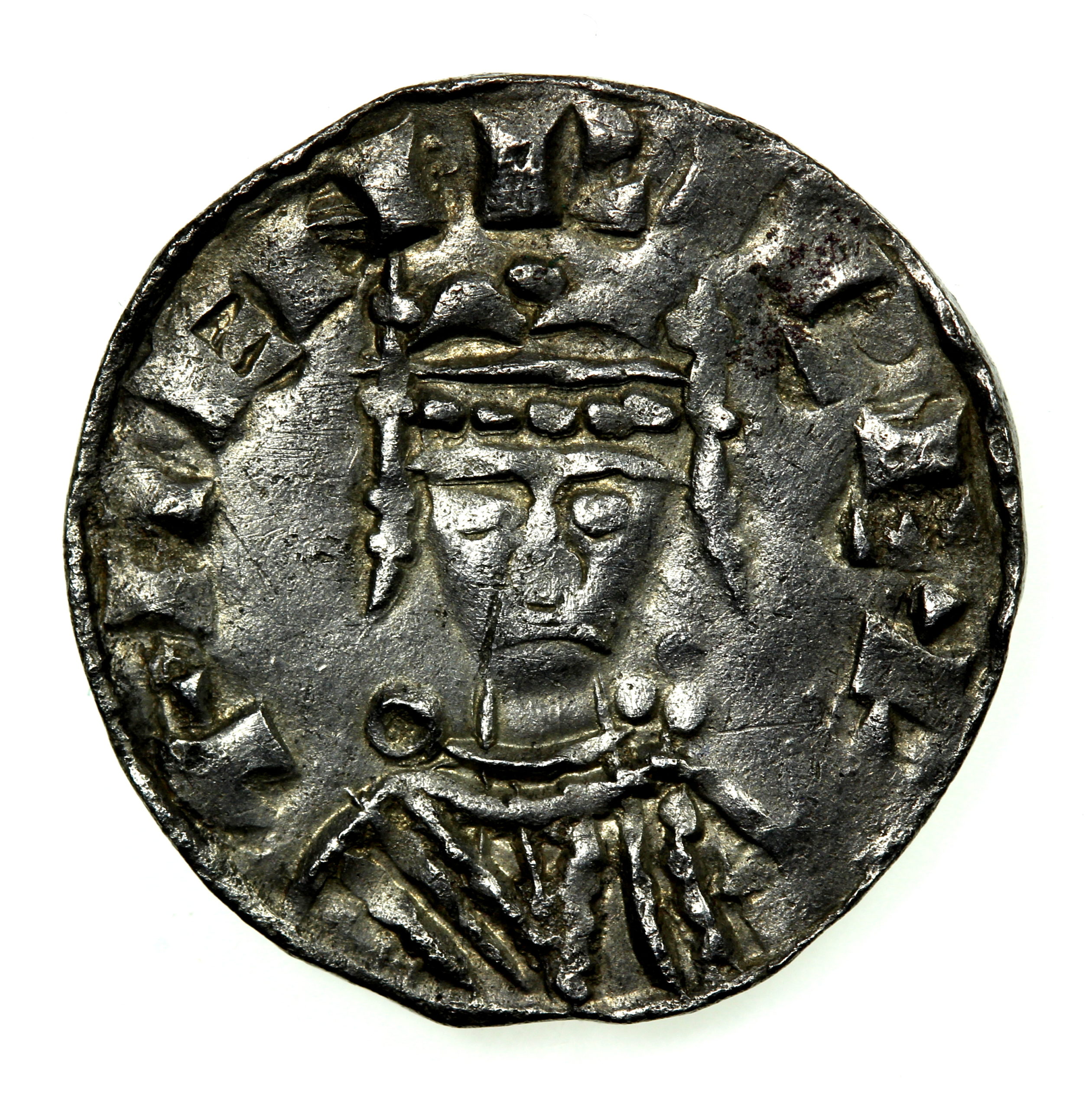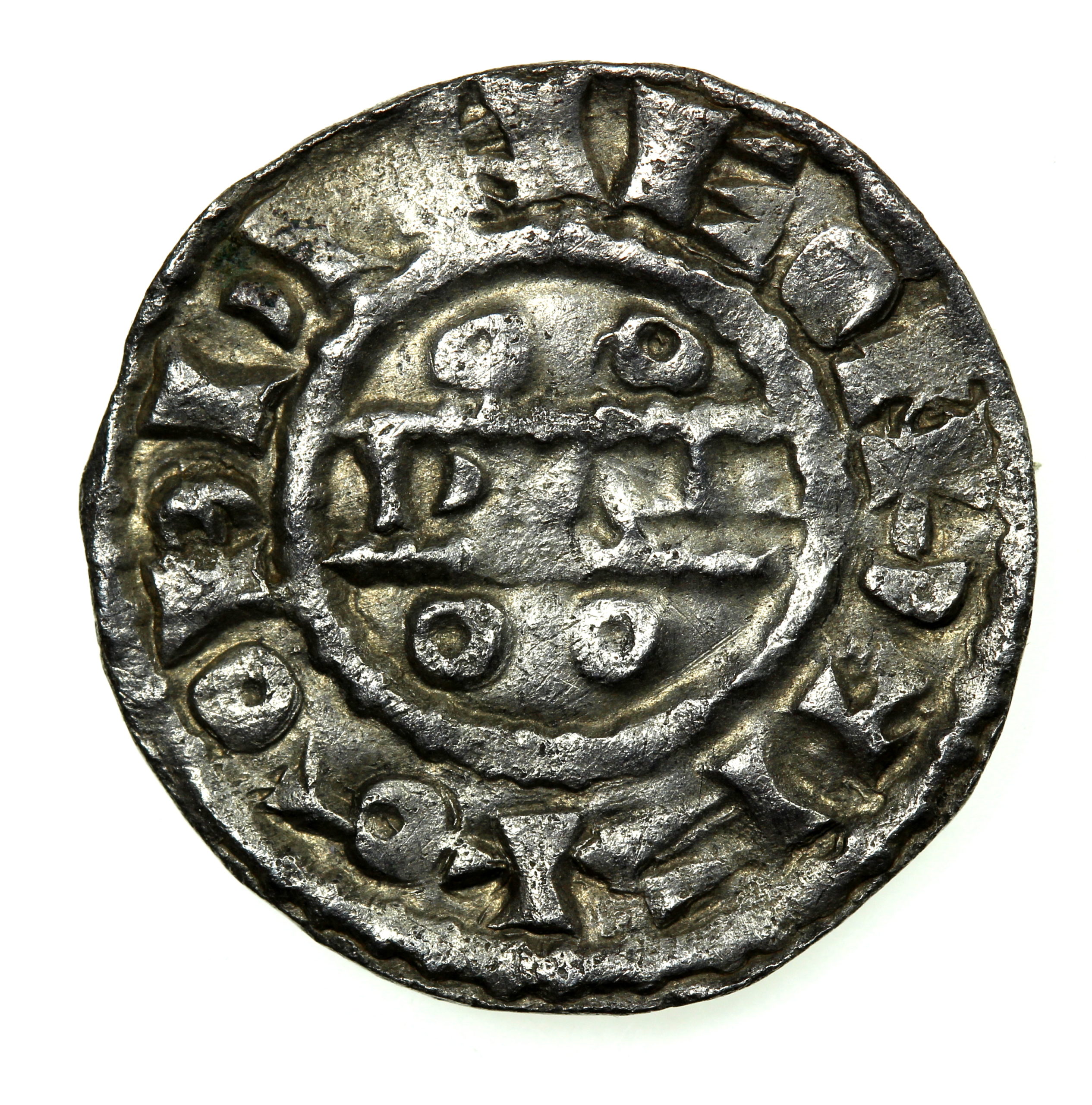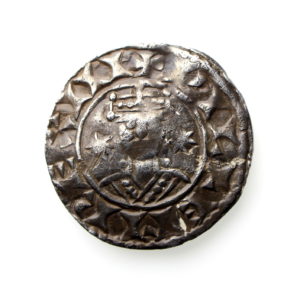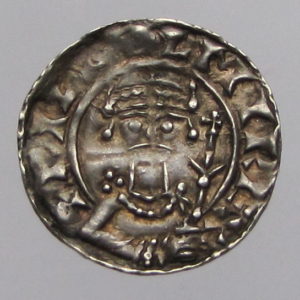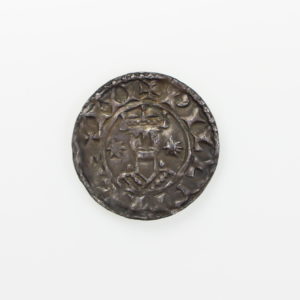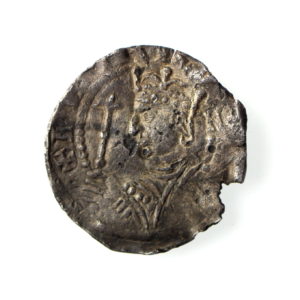Henry I AD 1100-1135 Silver Penny
£1,850.00
Henry I AD 1100-1135 Silver Penny, Facing bust / PAXs type
Thetford mint, moneyer GOODWIN
S1264, 16mm; 1.18g
A pleasing coin with bold portrait, seldom seen from this monarch.
Henry I 1100-1135A.D.
The youngest son of William the Conqueror, Henry I was the longest-reigning English monarch since Æthelred II – ruling for thirty-five years. Hot-tempered and with a reputedly cruel streak, he was nevertheless a very effective monarch. For one thing, he was responsible for the creation of several government bodies that still exist today; such as the Royal Exchequer and an early system of travelling justices. Crowned in Winchester after an opportunistic coronation, Henry would as with his predecessor William II face an early challenge from Duke Robert of Normandy – his eldest brother. Robert invaded England in 1101, but quickly accepted terms and retreated. A retaliatory campaign by Henry culminated with the total destruction of Robert’s forces at the Battle of Tinchebray in 1106 – Robert spending the rest of his life in prison. Like his father, Henry had become the master of both England and Normandy simultaneously.
Although Henry sired a number of illegitimate children, his first marriage to Matilda of Scotland (who died in 1118) resulted in the birth of two children: a son, William ‘Adelin’; and a daughter, also called Matilda. On the night of November 25th in 1120, a monumental personal and political tragedy struck when William and many other members of the Anglo-Norman nobility drowned in the so-called ‘White Ship’ disaster. This event sent Henry into a depressive spiral, and although he would remarry the next year no further legitimate male heirs were forthcoming. As such, towards the end of his life Henry was forced to break with tradition and appointed his daughter Matilda to succeed him. This decision led to a succession crisis when he died in 1135, as most of the Anglo-Norman nobility chose Count Stephen of Blois (his nephew) to take the throne instead. This usurpation of Matilda’s claim resulted in the ‘Anarchy’ – a twenty year period of civil war.
Henry’s coinage is the most diverse of any Norman monarch, with 15 different types issued over 35 years. Although many have been discovered as single finds, there are also a number of important hoards from this period – two of which (Pimprez and Beauvais) have intriguing continental findspots. While Henry’s early issues are stylistically quite crude, after 1105 die-engravers began to employ more ornate designs on thinner, broader flans. These cosmetic changes coincided with the actions of corrupt moneyers, who began to buy sub-standard silver and thus debased the coinage – making its users increasingly suspicious. To combat this, Henry was forced to decree that all new coins issued after 1112 be ‘snicked’ to clearly demonstrate their silver content. However, this did little to curb the now rampant embezzlement.
Exasperated by the situation, in 1125 Henry enacted a virtually unparalleled event in English numismatic history: the ‘Assize of the moneyers’. The Anglo-Saxon Chronicle for that year recounts this event in detail:
‘King Henry … commanded that all the mint-men of England…come to Winchester at Christmas; and when they came thither his men took them one by one, and cut off their right hands with the member below (i.e castrated)… because they had ruined this land with the great quantity of bad metal which they all bought.’
Documentary evidence from the Pipe Rolls for the late 1120’s shows that some moneyers (who had perhaps erred to a lesser degree) were instead sentenced to pay large fines and removed from office, escaping summary castration. Interestingly, this event is visible numismatically – the number of mints and moneyers working in Henry’s type XIV (issued c. 1123-1124) reduce enormously in type XV (c. 1125-1135).
Out of stock

